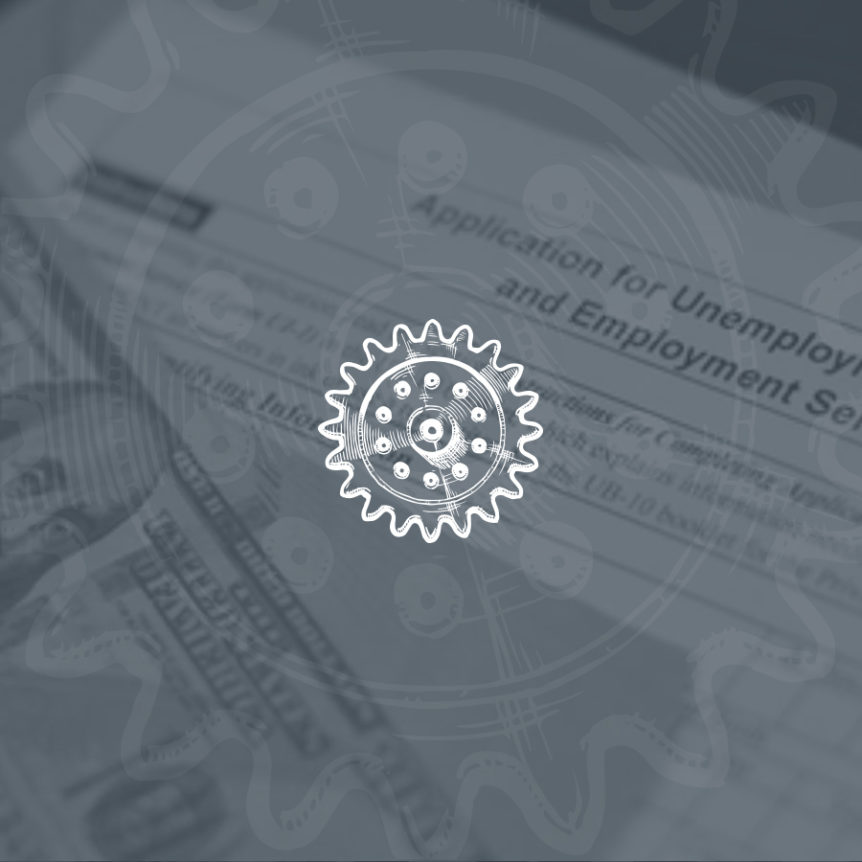 US Initial Jobless Claims, provided by the US Department of Labor, provides underlying data on how many new people have filed for unemployment benefits in the previous week. One can gauge market conditions in the US economy around employment; as more new individuals file for unemployment benefits, fewer individuals in the economy have jobs. In normal times, this means people have less money to spend. Historically, initial jobless claims tended to reach peaks towards the end of recessionary periods, such as on March 21, 2009, when 661,000 new filings were reported.
US Initial Jobless Claims, provided by the US Department of Labor, provides underlying data on how many new people have filed for unemployment benefits in the previous week. One can gauge market conditions in the US economy around employment; as more new individuals file for unemployment benefits, fewer individuals in the economy have jobs. In normal times, this means people have less money to spend. Historically, initial jobless claims tended to reach peaks towards the end of recessionary periods, such as on March 21, 2009, when 661,000 new filings were reported.
Last week, initial claims saw another sharp increase, rising by 2.87% to 251,000. This marks the third consecutive week in which unemployment insurance claims, which act as a proxy for layoffs, have posted an advance. Continued claims also rose, increasing by 3.83% to 1.38 million. Initial claims are currently at their highest level since November of last year, while continued claims hit their highest point since April.
New applications for unemployment benefits rose last week, coming in above expectations of 240,000, and hitting a new high for the year. Given that the labor market has been one of the few areas of the economy that has continued to show strength over the last few months, any signs that it is beginning to loosen might be concerning. However, last week’s print remains consistent with pre-pandemic levels that were considered normal; the number itself is not necessarily concerning, but rather the direction in which claims are moving and the fact that they continue to come in above expectations. Now, claims were never going to stay at the historically low level they reached earlier this year, when they dipped and remained below 200,000 for ten consecutive weeks. They were always bound to normalize. But if claims continue to climb past a level that can be considered normal, then the apparent strength of the labor market will be called into question. Any substantial cooling of the labor market will likely be preceded by a continued increase in unemployment claims, so keeping a close eye on this indicator will be essential to gauge economic conditions in the near term.


